The knee is able to withstand forces of 2-3 times your body weight while walking, and loads of nearly 7 times your body weight during activities like jumping or squatting. And, if all of this is possible, it is thanks to the complex structure of muscles, bones, ligaments, and tendons that compose the knee joint.
In this structure, a critical role is played by the collateral ligaments. These ligaments connect the thigh bone to the bones in the lower leg, and they are responsible for the stability of the knee during movement. Although these ligaments are incredibly flexible and resilient, they are not immune to injuries like sprains and strains.
If you’ve suffered a knee injury and you are now experiencing collateral ligament pain, there are treatment options that don’t involve taking medications for months on end or living in fear of needing surgery. In this guide, we’ll look at how the Neuragenex Neurofunctional Pain Management approach can help you regain your knee health without surgery or medications. Let’s dive in.
What Are The Collateral Ligaments?
The knee structure is composed of three bones:
- The femur, or thighbone
- The tibia, or shin bone
- The patella, or kneecap
These three bones are connected to muscles by tendons, and they are linked to each other by ligaments. The ligaments are long and flexible cord-like ropes made of fibrous tissues. Their role is to keep the leg bones in place at the knee joint. Their connective action enables motions of the knees and prevents bones from slipping out of place, which can result in dislocations.
There are four main ligaments connecting the bones of the knee: two collateral ligaments and two cruciate ligaments. In particular, the collateral ligaments are located on each side of the knee and are responsible for controlling the side motion of the knee, preventing abnormal side movements.
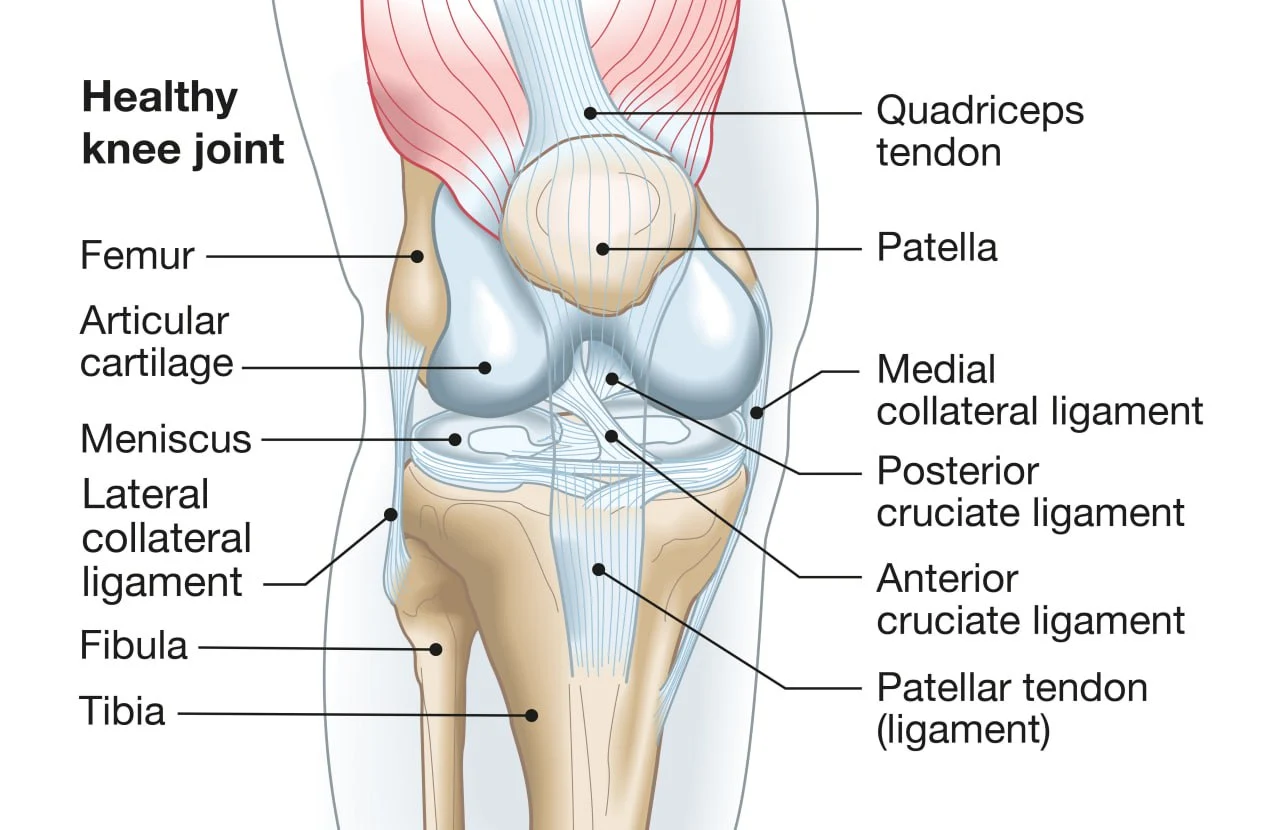
There are two collateral ligaments in each knee:
- Medial Collateral Ligament (MCL): The MCL is located on the inside of the knee and connects the femur to the tibia, which is the main cone in the lower leg. The main role of the MCL is to stabilize the inner knee.
- Lateral Collateral Ligament (LCL): The LCL is located on the outside of the knee and connects the femur to the fibula, which is a second, smaller bone in the lower leg. This ligament is responsible for stabilizing the outer side of the knee.
There are also two cruciate ligaments in the knee. The anterior and posterior cruciate ligaments cross the structure of the knee to form an X, and they are responsible for controlling the forward and backward movement of the knee joint.
With 60,000 to 200,000 cases of anterior cruciate ligament tears a year, this is certainly a common injury, especially among athletes. However, the collateral ligaments are equally prone to tears and sprains, which can lead to ongoing pain, swelling, and loss of knee function.
Here’s what you need to know about this injury.
Symptoms Of Collateral Ligament Pain
Collateral ligament injuries are often the result of a forceful blow to the inside or outside of the knee. These kinds of injuries are more common among athletes who play sports that involve rapid knee movements, such as skiing, basketball, football, and soccer.
If you injure your collateral ligament, the first symptom you’ll notice is a loud pop. This sign occurs at the time of injury and can indicate a ligament tear. Other signs that are common to both lateral and medial collateral ligament injuries include:
- Instability in the knee (i.e.: a sensation of the knee “giving away” under your body weight)
- Locking, catching, and clicking noises as you walk
- Reduced range of motion
- Visible deformities
There are also more specific symptoms that indicate whether your injury is affecting the medial or lateral collateral ligament. Let’s look at these telltale signs in detail below.
Medial Collateral Ligament Pain
The medial collateral ligament – or the one located on the inner aspect of the knee – is the knee ligament most prone to injuries like tears and sprains. This is because blows or pressure hitting the outer aspect of the knee causes the MCL to overstretch. It is estimated that MCL damage is a complication in nearly 8% of all knee injuries.
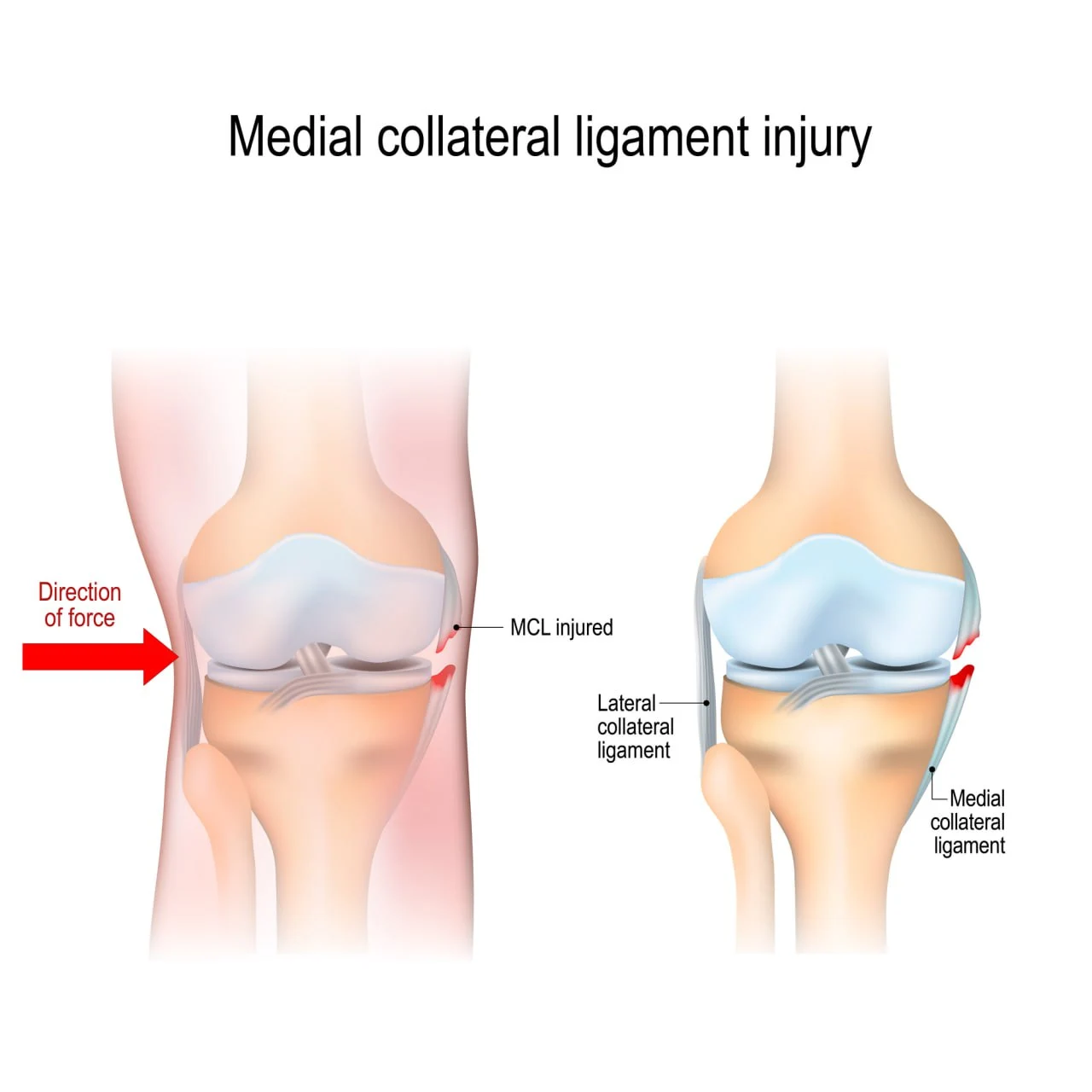
This type of injury comes with recognizable symptoms, including:
- Knee swelling: Swelling – or the buildup of fluids around the site of injury – is a normal aspect of the body’s inflammatory response. If you suffer a medial collateral ligament injury, you’ll notice that the pain and swelling are localized on the inner area of the knee.
- Knee locking or catching when you move the knee: Torn ligaments prevent the bones from remaining aligned during movements and slide without friction. This may impact your ability to fully bend or extend your knee.
- Inner joint pain and tenderness: MCL ligaments can cause chronic pain. But, besides experiencing dull pain in your knee, these injuries can also cause tenderness, or pain when touching the knee.
Lateral Collateral Ligament Pain
Lateral collateral ligament injuries are caused by forces applied on the inner aspect of the knee, which put the external side of the knee (where the LCL is located) under stress. This form of injury is less common, but the symptoms it causes should not be overlooked.
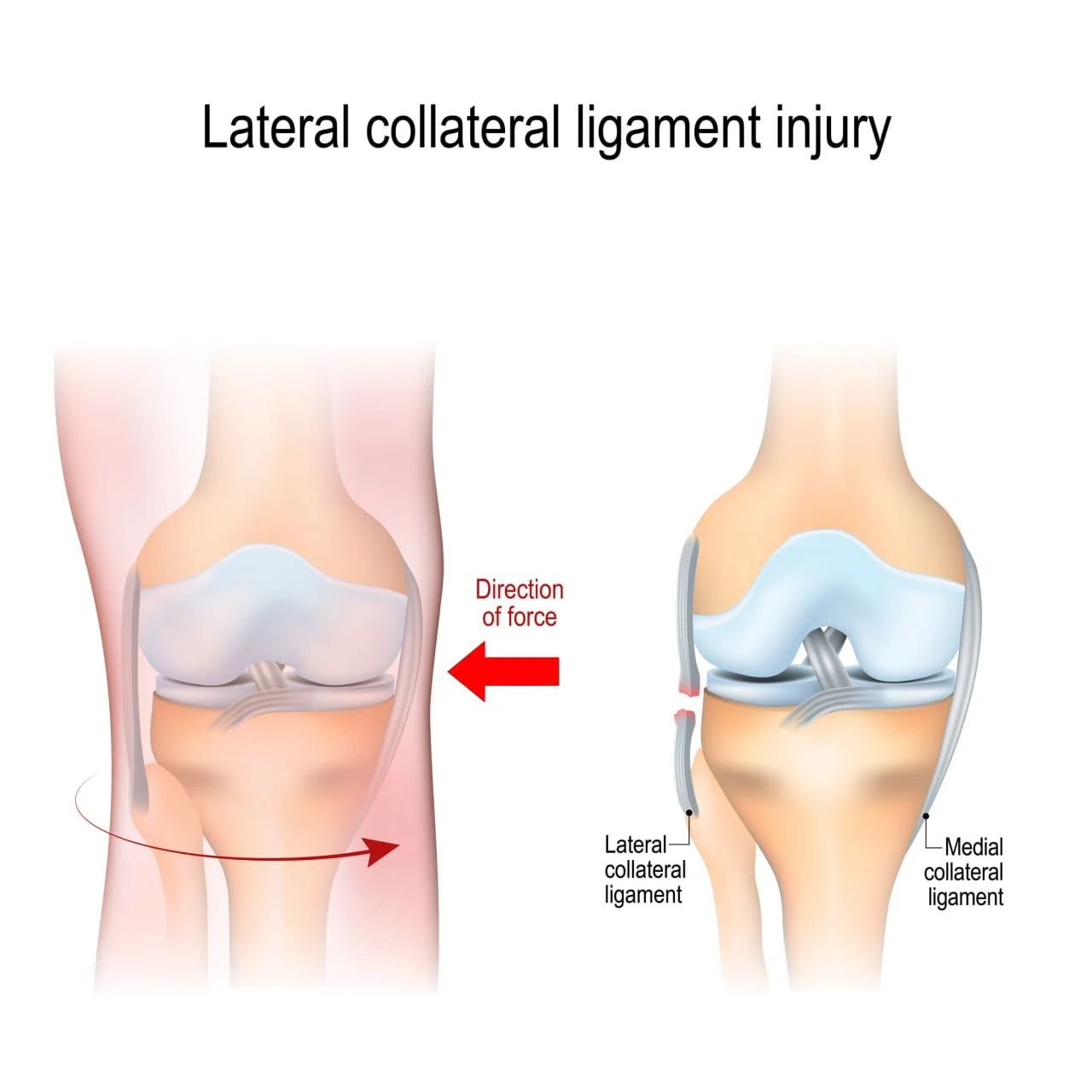
Here’s what to expect:
- Pain on the outside of the knee: If the tear occurs in the LCL, you’ll experience painful sensations localized on the outer aspect of the knee. The pain may range in intensity depending on the severity of the injury, and appear as shooting.
- Swelling: Swelling, redness, and a sensation of heat around the sign of injury are consequences of the body’s inflammatory response. This symptom occurs briefly after injuring your knee and can last up to 3 months while your body attempts to heal itself.
- Tenderness: Experiencing pain when touching the outer area of the knee may indicate a torn or overstretched ligament.
Injuries That May Cause Collateral Ligament Pain
Collateral ligament pain, especially when associated with knee instability, is often a symptom of a ligament injury, such as sprains, tears, or ruptures. Understanding what knee pain conditions can affect the health of your ligaments is the first step to take to obtain an accurate diagnosis.
Besides degenerative conditions such as osteoarthritis, ligament pain is often the result of traumatic injuries. Traumatic knee injuries occur when excessive force is applied to the inner or outer aspect of the knee, such as during a heavy blow to the leg. This abnormal force pushes the knee sideways and bends it in the wrong direction. This motion causes the ligaments to suddenly stretch beyond their capacity in an effort to keep the bones of the knee joint in place, leading to tearing of the ligament’s fibers.
These injuries are more common in athletes who perform quick changes of direction or participate in contact sports, such as hockey and football. Collateral ligament injuries – especially the ones involving the MCL – often occur in conjunction with injuries to other ligaments or components of the knee.
Below, we’ll look at two of the most common injuries to collateral ligaments.
Sprains
Sprains affect components of the body made of collagen fibers, such as ligaments. This kind of injury occurs when the ligament is stretched beyond its capacity or in an unnatural direction. In particular, strains to the collateral ligaments can occur when landing forcefully on the knee, when twisting your leg, or when changing direction suddenly.
When a ligament is sprained, tears will form in the collagen fibers, weakening the ligaments and impacting their ability to keep the knee joint stable. Sprains can be mild or severe, and the symptoms you’ll experience will depend on how damaged the ligament is.
Tears
Tears in the collateral ligaments can be due to sprains. However, micro-tears can occur due to other factors, including carrying excess weight (i.e.: being overweight) or overusing your joints. The ongoing stress and inflammation can weaken the ligaments and make them more prone to tearing.
When a ligament is torn, the bands of tissue can become loose or completely detached from the knee bones (ruptured), which can lead to severe knee instability and pain.
Diagnosing Conditions Causing Knee Collateral Ligament Pain
If you are experiencing pain on the side of the knee, the chances are that you are suffering from a sprained or torn collateral ligament. In milder cases, the body will heal the micro-tears spontaneously in 3-12 weeks.
However, if you have been suffering from chronic or acute pain, you should seek the help of an expert medical provider. A specialist will investigate the source of the pain and determine the extent of the damage to the collateral ligaments.
Here’s what to expect from the diagnostic process:
- Physical examination: Most ligament injuries are diagnosed through a physical examination. During a physical exam, a doctor will review your symptoms, compare the structure of your knees, and conduct tests to determine your leg’s range of motion and stability.
- Medical history: By reviewing your medical history, a doctor can determine whether you are at risk of musculoskeletal or degenerative disorders like osteoarthritis, which are interconnected with knee ligament injuries.
- X-rays: X-rays are a form of imaging examination that uses electromagnetic energy to create an image of the inside of your knee joint. Although X-rays are only accurate to obtain images of bones, they can be used to determine whether a torn ligament pulled off a piece of bone at the time of injury (avulsion).
- MRIs: Magnetic resonance imaging tests use radio frequencies to create detailed images of both soft and hard tissues in the knee joint, including ligaments, tendons, and muscles. This type of test can be used to check for fractures and ruptured ligaments.
- Arthroscopy: Arthroscopy is a minimally-invasive surgical procedure that involves inserting a viewing instrument (arthroscope) in the knee through a small incision. The arthroscope can be used to visualize the inside of the joint and diagnose diseases, injuries, and the signs of degenerative diseases.
Post-Diagnostic Grading Of Collateral Ligament Injuries
Once you have obtained an accurate diagnosis of what’s causing your knee collateral ligament pain, your doctor may grade your ligament injury based on a severity scale.
Depending on the symptoms and pain you are experiencing, and on the degree of damage the injury caused, your sprain can be categorized as:
- Grade 1: Grade 1 sprains cause mild damage or micro-tears to the ligament. These sprains often heal spontaneously and are characterized by symptoms like swelling and pain, but not knee instability.
- Grade 2: Grade 1 sprains are also known as “partial ligament tears”. These injuries cause moderate damage to the ligament, which can become loose. Grade 2 injuries can cause pain, swelling, catching sensations, and mild instability.
- Grade 3: This type of sprain is the most severe one, and it is often referred to as a “complete ligament tear”. This injury occurs when the ligament is entirely pulled off the bone or torn in half. It leads to severe pain and knee joint instability. Grade 3 injuries sometimes require surgical intervention to reconstruct the torn ligament.
Conventional Treatments For Collateral Ligament Pain
As seen above, minor collateral ligament sprains will heal spontaneously with at-home remedies such as RICE (Rest, Ice, Compression, Elevation). However, not all collateral ligament pain is a temporary or minor issue.
If you’ve been struggling with chronic or acute knee pain, your doctor will recommend a line of treatment based on your diagnosis and the extent of ligament damage, as well as on your age, health, medical history, and preferences.
Below, we’ll look at some common treatment options prescribed for knee ligament pain:
- Medications: Pain relievers and non-steroidal anti-inflammatory drugs (NSAIDs) may be used to alleviate painful sensations during flare-ups or shortly after the injury when the pain is at its most intense. However, given that these drugs can lead to side effects like stomach ulcers, kidney disease, and heart disease, make sure to take them as a temporary measure and under the supervision of a medical provider.
- Ice packs: Icing, when used as part of the RICE method, can support the natural healing process of your body. Ice compresses restrict blood vessels in the injured area and modulate the local blood circulation. This can reduce swelling and stiffness, which can help you regain your knee mobility during the recovery process.
- Bracing: Bracing can keep your knee more stable and aligned during movement while your ligaments heal. This strategy can also help you protect your knee from external forces that can aggravate your injury.
- Surgery: If your collateral ligament is severely damaged or completely torn, you may need to undergo ligament reconstruction surgery to regain your knee function. Given the side effects and long recovery times involved with surgery, this should be considered the last resort.
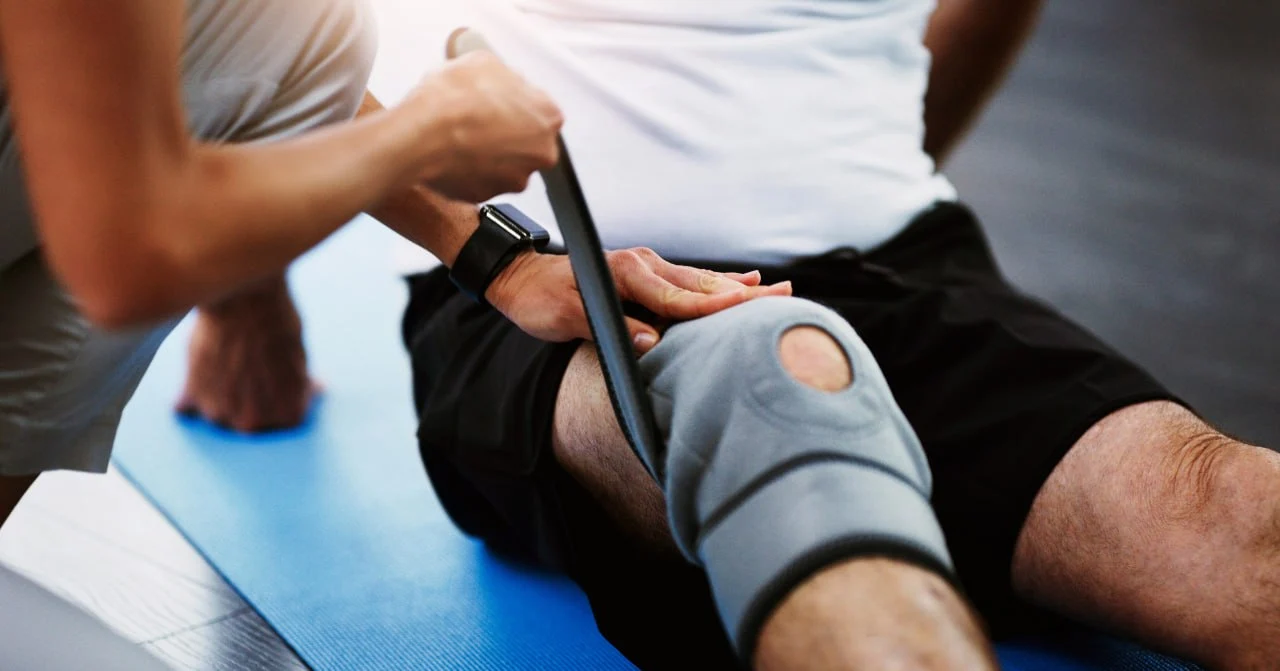
During the recovery process, you should avoid placing excessive stress on your load-bearing joints. To do so, your doctor may recommend you lose weight (if you are overweight), use crutches, rest, modify your activities, and take advantage of physical therapy. You may also work towards a gradual return to sports activities if you are an athlete.
How We Treat Pain In The Collateral Ligaments
Knee collateral ligament pain can be truly debilitating. A torn MCL or LCL can make each step excruciatingly painful and prevent you from carrying out simple activities like climbing stairs or walking your pet. If you are an athlete or sportsperson, without proper treatment, you may delay your return to play or give up on your career because of this injury.
Certainly, taking medications can ease knee pain in the short term – but it cannot be considered a sustainable line of treatment in the long run. So, is living in fear of having to undergo surgery the only option?
Fortunately, no. Neuragenex Neurofunctional Pain Management is a whole-person, non-invasive, and none-chiropractic pain management protocol designed around your unique needs. This program aims to address all of those health and lifestyle factors that may be impacting your knee health and slowing down your recovery from an injury.

Some of the key therapies used as part of a Neuragenex Neurofunctional Pain Management protocol include:
Electroanalgesia
Electroanalgesia is a pain management technique that uses high-pulse electrical current to ease pain, boost blood circulation, improve mobility, and induce...
Read More About Collateral Ligament Pain In The Knee Electroanalgesia
IV Therapy
IV nutritional therapy, or intravenous therapy, involves administering vital nutrients directly to the bloodstream through an IV. This type of treatment bypasses the digestive system, allowing for maximum absorption and utilization of nutrients by the...
Read More About Collateral Ligament Pain In The Knee IV Therapy
Lifestyle Counseling
Lifestyle counseling is an approach to managing chronic pain that involves identifying, assessing, and modifying lifestyle factors contributing to an individual's pain. For example, lifestyle factors such as nutrition, physical activity, stress, sleep quality...
Read More About Collateral Ligament Pain In The Knee Lifestyle Counseling
Conditions We Treat
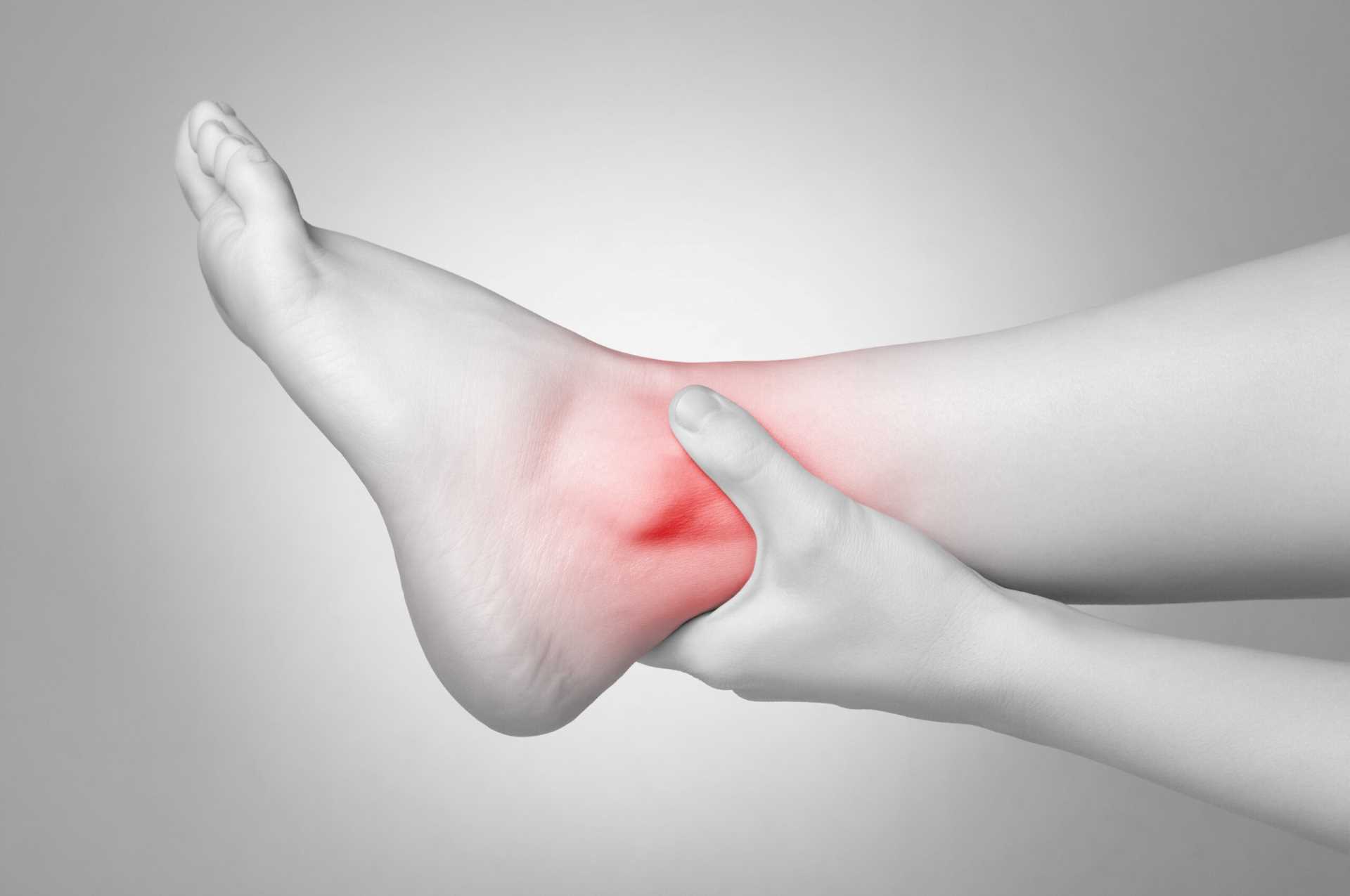
Ankle Sprain Pain Treatment
Ankle sprains are a very common type of injury that can cause severe pain and often lead to long-term disability. With proper treatment, however, the symptoms of an ankle sprain can be managed. We work to provide a holistic approach to pain management,...
Treat Collateral Ligament Pain With Utmost Care
Collateral ligament pain is certainly debilitating – but it should not force you to abandon your favorite sports, rely on pain medication, and live in fear of surgery. Thanks to Neuragenex Neurofunctional Pain Management, you can restore your knee health and support your body’s healing capabilities with drugs or invasive procedures.
Managing knee pain from injuries is possible with us




